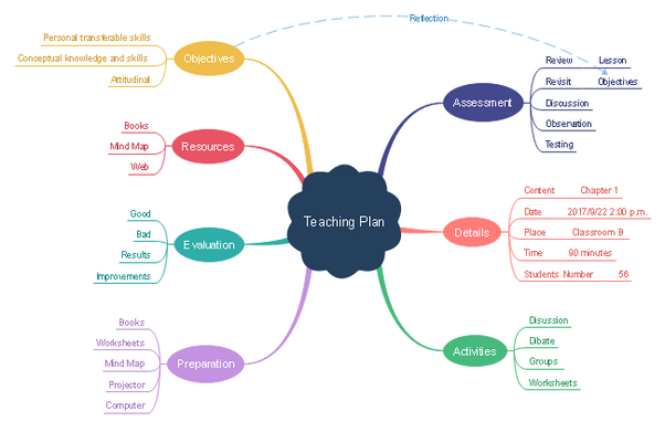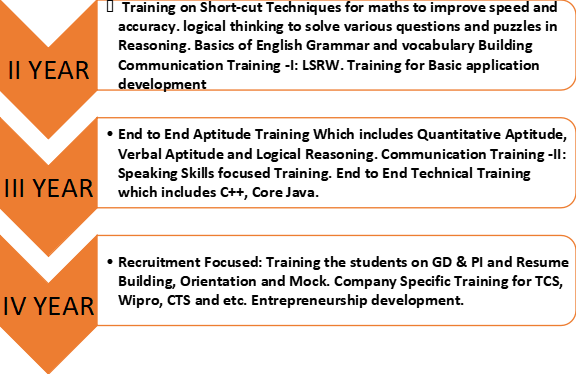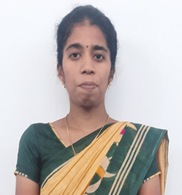About Placement Cell
About Placement Cell

Introduction:
Today’s work environment requires students to be skilled in performing complex tasks in an efficient and cost-effective manner. Training a performance improvement tool is needed when there is a perceived gap between the actual level vis-a-vis the expected level of job performance.
The identification of training needs is the first step in a uniform method of learning design.
What is the training need?
A holistic talent development programmes helps students to develop their communication skills and increase their problem-solving ability which can make them a desirable candidate for an engineering role in an organization when they appear for interviews. Training that is useful for this purpose includes leadership, people management, decision making, interpersonal skills, ethics, and much more.
What are the goals of the training programmes?
- Imparting communication training to transform an average communicator to a better communicator and a better communicator to good communicator
- Enhancing the problem-solving ability of the students by providing customized training
- Encouraging and consistently monitoring the students to excel in arithmetic aptitude, Verbal Ability, Logical reasoning
- Creating a platform for students to have a continuous conversation with industry experts and their guidance
- Imparting Life Skills training to the students to transform them as an employee with high ethics, for an organization and a better citizen for the society
Skill-Gap Analysis:
A skill gap analysis is a set of tools that are used to assess the difference (or gap) between the actual skills and the desired skills a student should possess to excel as an engineering graduate student. The skills gap analysis is a way to find which skills and knowledge are lacking among the students to get selected in an interview.
Tools for analyzing the Skill-Gap Analysis:
SWOT Analysis:
The SWOT’s full form is Strengths, Weaknesses, Opportunities, and Threats. The importance of SWOT analysis for a student is to help achieve a clear picture of where we stand. Besides, the analysis also helps students to identify areas of improvement and goal settings.
Psychometric Tests:
Psychometric Tests are tests through which the talents, skills, and ability of a person can be measured. Career planning is very important, especially for college students. Around 80 % of the career planning will be influenced by peers and other career resources. From these resources, a student will not get a clear direction on what to choose. That’s where the need for psychometric tests comes in.
Analytical-Ability Tests:
An analytical reasoning test is a way of measuring a candidate’s comprehension skills and their ability to identify key information, apply logic and find patterns. By conducting these tests, we will be able to understand the students’ competence and problem-solving ability.
Questionnaire:
The questionnaire is purely focused on the set of questions that are given to students in order to obtain their feedback. Questionnaires typically include open-ended questions, closed-ended questions, or a combination of both. This allows us to collect the data about the students that are qualitative and quantitative in nature depending on their needs.
Pre-assessment:
By using the skill gap analysis tool, we are able to find the lacuna in the essential skills of the students. Once after the analysis, the student’s skill set is identified then the students are divided into Super Dreamers and Dreamers of Technical domain and aspirants of Non-Tech domain.
Represented Visually, the Holistic Talent Development Programmes can take the form of the following diagram:

Mid-term assessment (Intervention):
Mid-term assessments are an opportunity for the training team to gather feedback on the Holistic Talent Development Programmes and training approach while the training is in progress. This enables us to quickly act on the feedback and implement changes for continuous improvement.
![]() Timing: Mid-term assessments will be administered halfway through the course delivery cycle.
Timing: Mid-term assessments will be administered halfway through the course delivery cycle.
![]() Questionnaire: A strong evaluation form will be used for conducting Mid-term assessments. We will be using the same form that is administered at the end of term, by making a comparative study, we will be in a position to have clarity on the progress.
Questionnaire: A strong evaluation form will be used for conducting Mid-term assessments. We will be using the same form that is administered at the end of term, by making a comparative study, we will be in a position to have clarity on the progress.
![]() Administer Evaluation: Separate slots will be scheduled into the class to complete mid-term evaluations to increase participation. The schedule will be 10 minutes in the beginning, or end, of class to complete the online assessment.
Administer Evaluation: Separate slots will be scheduled into the class to complete mid-term evaluations to increase participation. The schedule will be 10 minutes in the beginning, or end, of class to complete the online assessment.
TRAINING CURRICULUM

![]() Super Dreamers: The students coming under the category of Super Dreamer categories are given Phase II training from day one. Since they already have the skill sets mentioned in phase I training.
Super Dreamers: The students coming under the category of Super Dreamer categories are given Phase II training from day one. Since they already have the skill sets mentioned in phase I training.
![]() Dreamers: The students coming under the category of Dreamer are given Phase I training. Once they have successfully completed the phase I training, The Dreamer students will be given Phase II training.
Dreamers: The students coming under the category of Dreamer are given Phase I training. Once they have successfully completed the phase I training, The Dreamer students will be given Phase II training.
![]() Non-Tech Aspirants: The students falling into the category of Non-Tech Aspirants will be given one-one counseling to understand the skills required and opportunities available in the era of Digitisation 2.0 and Industrial Revolution 4.0 and will be encouraged to pursue a career in the Technical domain. Followed by Phase I and Phase II training.
Non-Tech Aspirants: The students falling into the category of Non-Tech Aspirants will be given one-one counseling to understand the skills required and opportunities available in the era of Digitisation 2.0 and Industrial Revolution 4.0 and will be encouraged to pursue a career in the Technical domain. Followed by Phase I and Phase II training.
Post Assessment:
4-Step Evaluation process
- Evaluatingstudents’ reactions to training. This is commonly measured after training. Asking students to complete a questionnaire about their overall satisfaction with the training experience.
- Measure what was learned during training. Using assessments to measure how much knowledge have gained and skills have improved after training.
- Assessing whether or not (and how much) students’ behavior has changed as a result of training. Measuring the change, the training has brought in is through observation and assessments and comparing 360-degree reviews from pre-and post-training.
- The final and most important step is to evaluate the impact of the Holistic Talent Development training program on the value-added. Here, we will be, measuring the results like students’ skill set improvement, behavioral change, interview readiness, industry readiness eventually securing a job matching with their skill-set.
Training Outcome(value addition):
The Holistic Talent Development programmes created a huge impact on the way Rathinamites got trained and showed a major difference in the placements.
In the year 2015-16, when the Holistic Talent Development programmes was in a nascent stage, out of 266 students 150 got placed (56.39 %). But year-on-year the impact of the program could be felt in the increase of numbers. In the year 2019-2020, out of 265 students 214 got placed(80.75%).
PLACEMENT PERCENTAGE

Placement Team
| Mr. S.Arun Vignesh | Head-Training |
| Ms. A.Sowmya | Soft-Skills Trainer |
| Ms. P.Priya Dhashini | Verbal & Soft Skill Trainer |
| Ms. B.Sharmila | Technical Trainer |
Contact:
Mr.S.Wasim Feroze B.E.,MBA.,
Dean-Placements,
Email: placement.director@rathinam.in
Contact: 9629283470






